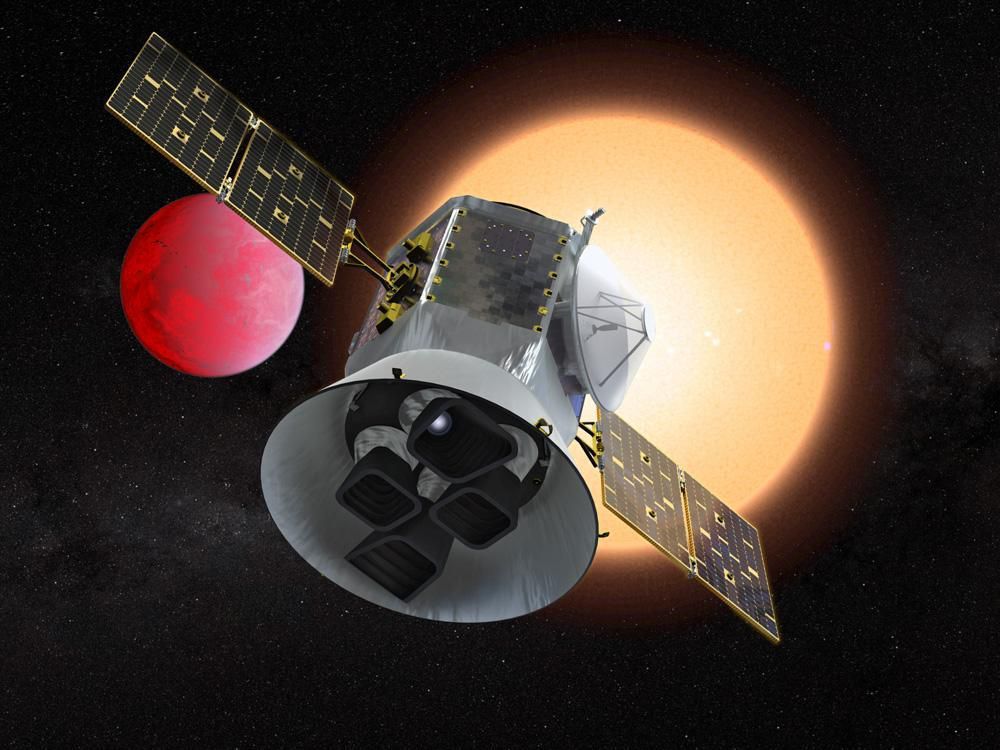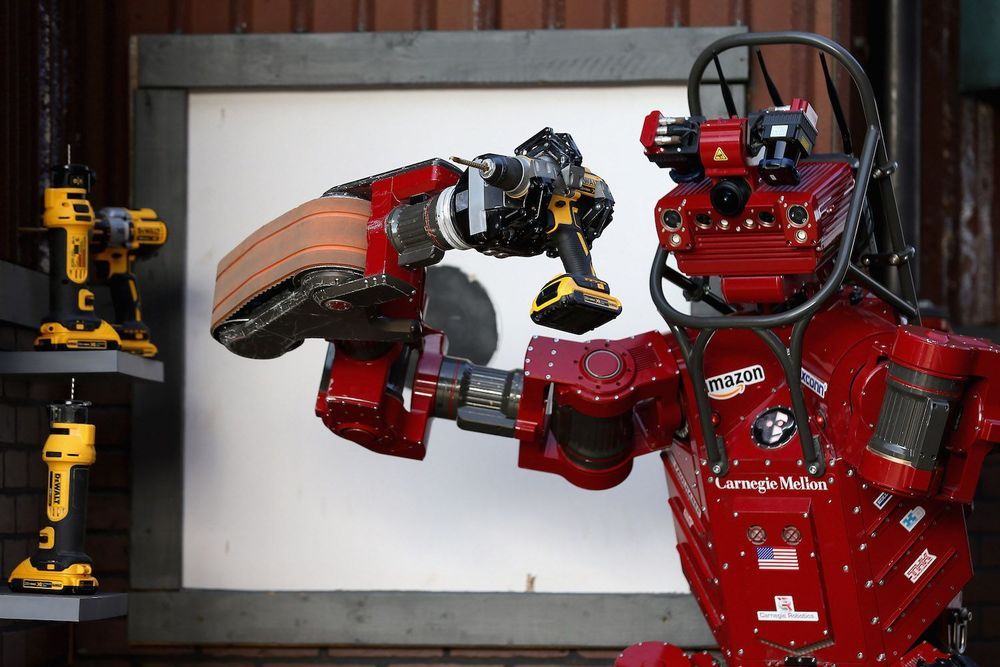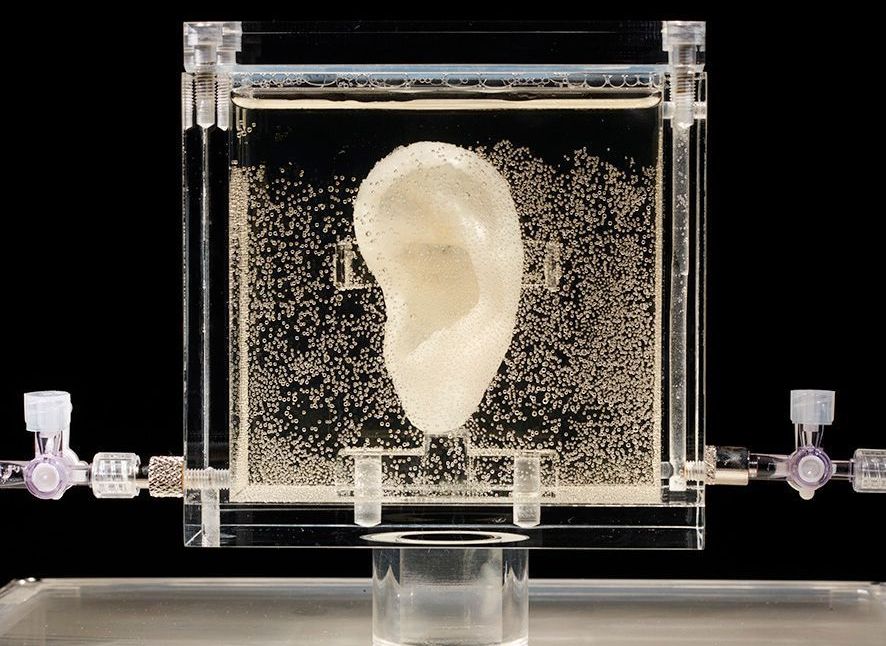Elon Musk shared an update that building a sustainable city on Mars will take at least two more decades, as the planets align only once every two years.
Get the latest international news and world events from around the world.
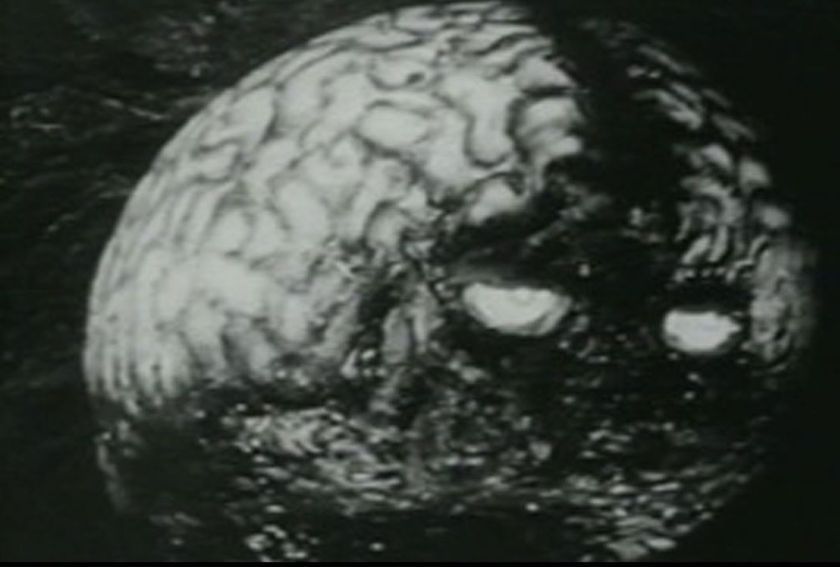
500,000-year-old Fossilized Brain Has Totally Changed Our Minds
Fossils of just about everything have been unearthed, from ancient feathers to entire dinosaur skeletons preserved in opal, but there is one thing nobody thought could survive hundreds of thousands of years—until now.
Brain matter from a Cambrian arthropod that crawled around 500,000 years ago has proven many paleontologists wrong about brain decay being inevitable. Previous research suggests that no matter what it may be protected by, soft neural matter will break down long before fossilization can even start. Minds have suddenly been changed. Alalcomenaeus may have been a tiny creature, but its exoskeleton was tough enough to ward off decomposition.
China dreams of becoming an AI utopia – here’s the reality
This is the fourth instalment in a four-part series examining the brewing US-China war over the development and deployment of artificial intelligence technology.
China has had success with AI and surveillance, but when it comes to social issues such as education, health care and agriculture, there is still a ways to go.
China has had success with private sector AI, but when it comes to social issues such as education, health care and agriculture, there is still some way to go to reach its goals.
The 9 Best Blobs of 2019
When scientists find a round, lumpy object they can’t totally explain, they call it a “blob.” Here are our nine favorite blobs of 2019.
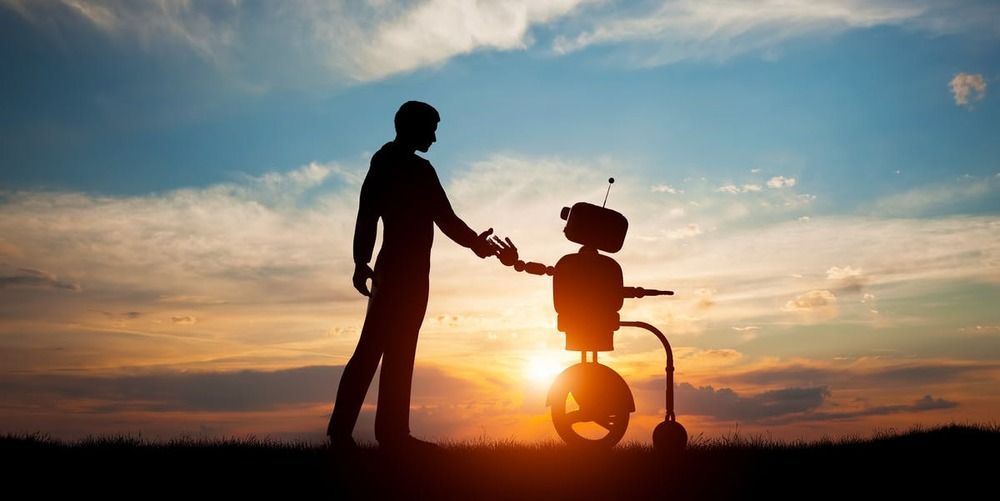
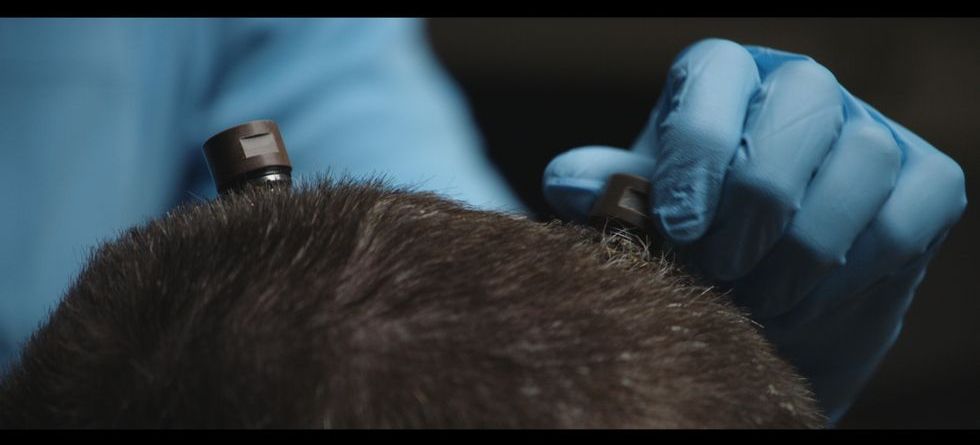
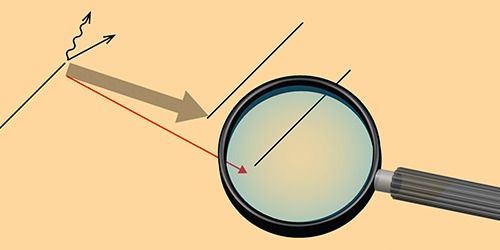
Viewpoint: A Forbidden Transition Allowed for Stars
The discovery of an exceptionally strong “forbidden” beta-decay involving fluorine and neon could change our understanding of the fate of intermediate-mass stars.
Every year roughly 100 billion stars are born and just as many die. To understand the life cycle of a star, nuclear physicists and astrophysicists collaborate to unravel the physical processes that take place in the star’s interior. Their aim is to determine how the star responds to these processes and from that response predict the star’s final fate. Intermediate-mass stars, whose masses lie somewhere between 7 and 11 times that of our Sun, are thought to die via one of two very different routes: thermonuclear explosion or gravitational collapse. Which one happens depends on the conditions within the star when oxygen nuclei begin to fuse, triggering the star’s demise. Researchers have now, for the first time, measured a rare nuclear decay of fluorine to neon that is key to understanding the fate of these “in between” stars [1, 2]. Their calculations indicate that thermonuclear explosion and not gravitational collapse is the more likely expiration route.
The evolution and fate of a star strongly depend on its mass at birth. Low-mass stars—such as the Sun—transition first into red giants and then into white dwarfs made of carbon and oxygen as they shed their outer layers. Massive stars—those whose mass is at least 11 times greater than the Sun’s—also transition to red giants, but in the cores of these giants, nuclear fusion continues until the core has turned completely to iron. Once that happens, the star stops generating energy and starts collapsing under the force of gravity. The star’s core then compresses into a neutron star, while its outer layers are ejected in a supernova explosion. The evolution of intermediate-mass stars is less clear. Predictions indicate that they can explode both via the gravitational collapse mechanism of massive stars and by a thermonuclear process [3– 6]. The key to finding out which happens lies in the properties of an isotope of neon and its ability to capture electrons.
